Scoliosis or Correction of Spine
Scoliosis is a medical condition characterized by an abnormal curvature of the spine, often in an “S” or “C” shape. While some degree of curvature is normal, scoliosis involves a significant lateral (sideways) deviation. Correction of the spine involves various surgical techniques aimed at straightening the spine to improve alignment, alleviate pain, and prevent further progression of the deformity. This procedure is typically recommended when non-surgical treatments have not effectively managed the condition’s symptoms.

Who Needs Scoliosis or Correction of Spine
Individuals diagnosed with scoliosis who experience severe pain, discomfort, limited mobility, and significant cosmetic deformity may be candidates for corrective surgery. Adolescents with rapidly progressing curves or adults whose curves have worsened over time may consider surgical intervention. A thorough evaluation by a spine specialist will determine the appropriate treatment approach based on the severity of the curvature, the patient’s age, and overall health.
When to See a Specialist
If you or a loved one are experiencing back pain, noticeable asymmetry in the shoulders, hips, or rib cage, or if you observe an abnormal curvature of the spine, it’s advisable to consult a spine specialist. Early intervention can help manage scoliosis more effectively and prevent its progression.
Procedure
- Preoperative Assessment: A comprehensive evaluation involving medical history, physical examination, and diagnostic imaging (X-rays, MRI) is conducted to determine the severity and location of the spinal curvature.
- Anesthesia: General anesthesia is administered to ensure a pain-free surgical experience.
- Surgical Approach: Depending on the case, different surgical approaches can be used, such as spinal fusion or instrumentation with rods, screws, or wires.
- Correction of Curvature: The surgeon realigns the vertebrae using techniques that may involve removing damaged discs, placing bone grafts, and attaching instrumentation to stabilize the spine.
- Fusion (if applicable): Bone graft material is used to encourage the fusion of adjacent vertebrae, creating a solid structure.
- Incision Closure: The incision is closed using sutures or staples, and a sterile dressing is applied.
Road to Recovery
The recovery period varies depending on the complexity of the surgery. Hospitalization for a few days may be required, followed by a period of restricted physical activity. Physical therapy and rehabilitation are crucial to regain strength, mobility, and flexibility.
Risk Management
As with any surgery, there are potential risks, including infection, bleeding, nerve damage, hardware-related complications, and anesthesia risks. Surgeons take precautions to minimize these risks and ensure patient safety.
Benefits of Scoliosis or Correction of Spine
- Improved Alignment: The surgery aims to correct the abnormal curvature of the spine, enhancing posture and reducing cosmetic deformity.
- Pain Relief: Many patients experience relief from back pain and discomfort associated with scoliosis.
- Enhanced Quality of Life: Straightening the spine can improve mobility, flexibility, and overall quality of life.
Frequently Asked Questions
What is the best age for scoliosis surgery?
Surgery can be performed on adolescents or adults depending on the severity and progression of the condition. Your specialist will provide guidance based on individual factors.
How long is the recovery period?
Recovery times vary, but most patients can expect a gradual return to regular activities within several weeks to a few months.
Will my spine be completely straight after surgery?
While the goal is to achieve the best possible alignment, complete correction may not always be attainable. Surgeons aim to achieve significant improvement in alignment and cosmetic appearance.
Are there any limitations after surgery?
Your surgeon will provide guidelines on activities to avoid and precautions to take during the recovery period to ensure optimal healing.
What long-term follow-up care is required?
Regular follow-up appointments with your spine specialist will be scheduled to monitor your progress, spine alignment, and overall health.
Treatment Plans
- Trauma & intensive care $59
- Aged Care $29
- Community Services $25
- Diagnosis & Investigation $48
- Medical & Surgical $82
- Mental Health $74
- Rehabitation $24
- Specialised Support Service $19
- Trauma & intensive care $59
- Aged Care $29
- Community Services $25
- Diagnosis & Investigation $48
- Medical & Surgical $82
- Mental Health $74
- Rehabitation $24
- Specialised Support Service $19
Treatians As The Best Choice
Treatians understand that seeking medical treatment abroad can be a daunting experience for patients and their families. That’s why the company offers end-to-end support to its clients, from the initial consultation to post-treatment care. The company provides personalized treatment plans that are tailored to meet the individual needs of each patient, and its team of dedicated professionals is always on hand to provide guidance and support throughout the entire process. Contact us at +91- 7982312582, drop your email [email protected]
- Trauma & intensive care
- Aged Care
- Community Services
- Diagnosis & Investigation
- Medical & Surgical
- Mental Health
- Rehabitation
- Specialised Support Service
Service Recipient Says
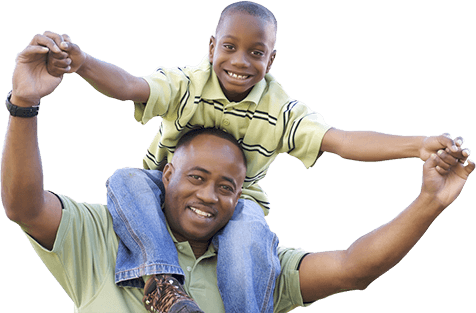












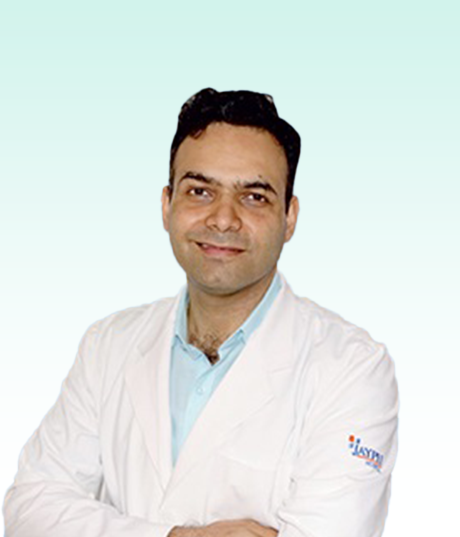
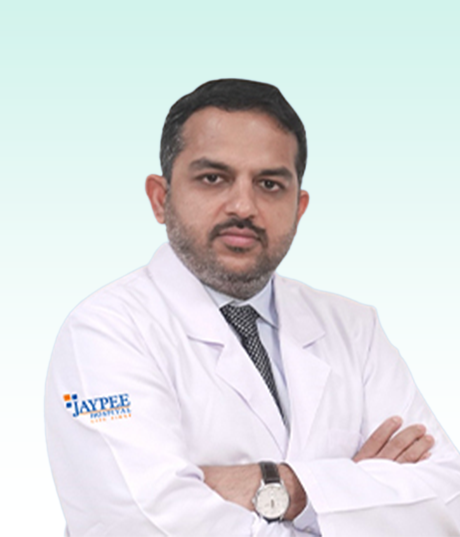
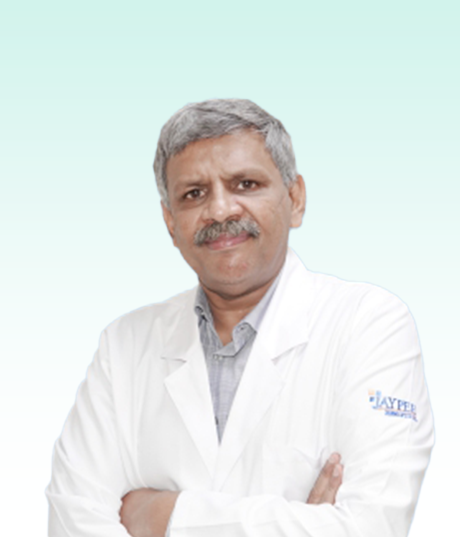
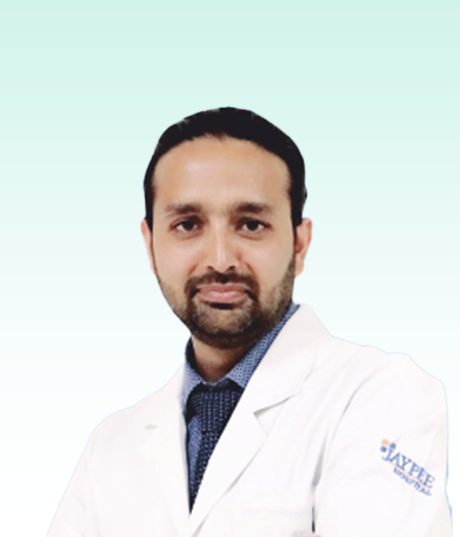
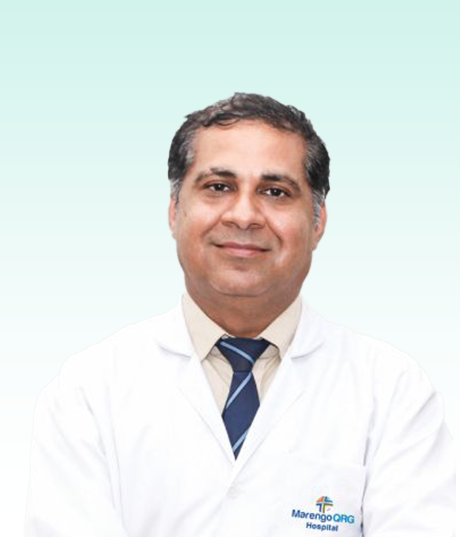
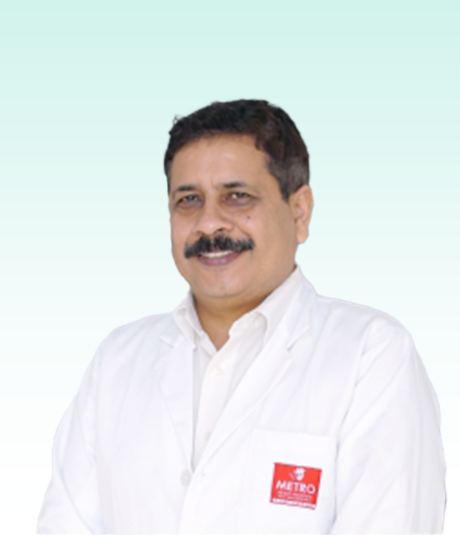






We travelled from Nigeria to Malaysia and then we found Treatians. We are happy and my son is doing really well.
Trent Bay Nigeria